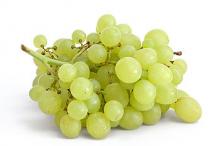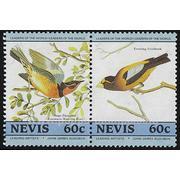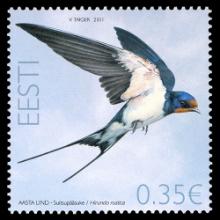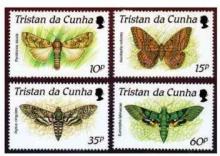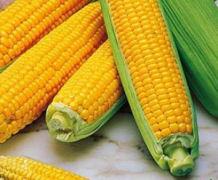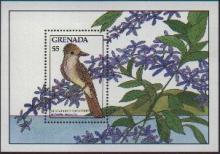
For some strange reason, since the old beaver families ran out of the food they enjoyed and moved on, our skies have appeared less occupied with winged insect eaters. Before that we saw every single species of swallows, except the purple martin Progne subis. These included the barn Hirundo Rustica, which nested in our old buildings, the tree Tachycineta bicolor, that used our birdhouses to raise their young, and the cliff Petrochelidon pyrrhonota, who built their jug-like nests under our barn eves. The rough-winged Stelgidopteryx serripennis and bank swallows Riparia riparia flew up from the Ashuelot River and over our pond to fill up on insects. The large flocks of swallows were accompanied by chimney swifts (Chaetura pelagica) that nested each summer in one of the flues in our house chimney. (While eating our meals in the kitchen, we could hear them chatter.) There were other insect eaters, too, that appeared for a good feed at the pond. Larger flycatchers such as: Phoebe (Sayornis phoebe), kingbird (Tyrannus tyrannus), eastern pewee (Contopus virens), and olive-sided (Contopus cooperi), as well as each of the five species of Empidonax flycatchers. These quite small species are somewhat difficult to separate one from the other, unless one hears them “speak.” Their voices can be differentiated, one from the other. In late years, all of these species, including whip-poorwills (Caprimulgus vociferus), (goatsuckers) have, or nearly have, disappeared from our fields, woods, and dooryard. The change happened gradually, from one year to another, but by now, has become definitely noticeable. Truth to tell, I should not have been surprised to read the cover story in NH Audubon's Spring Issue, 2012, of “Afield” headlined: “Empty Skies: The Decline of Aerial Insectivores,” written by Dr. Pamela Hunt, bird conservation biologist of the organization. My surprise came from seeing in black and white, what had become selfevident in the past few years here at the farm.

